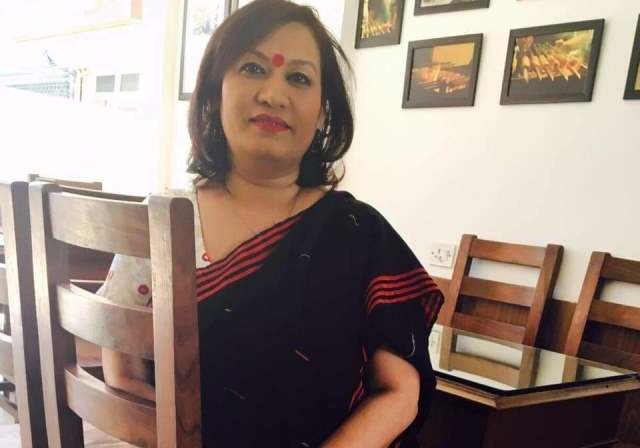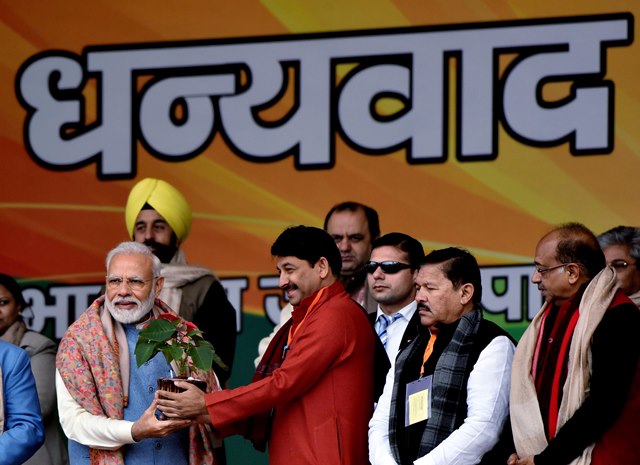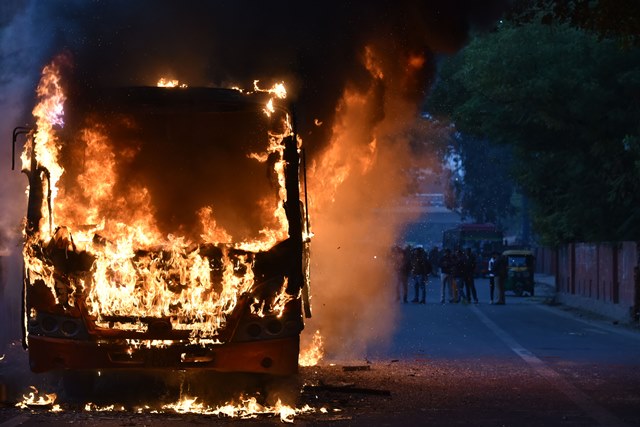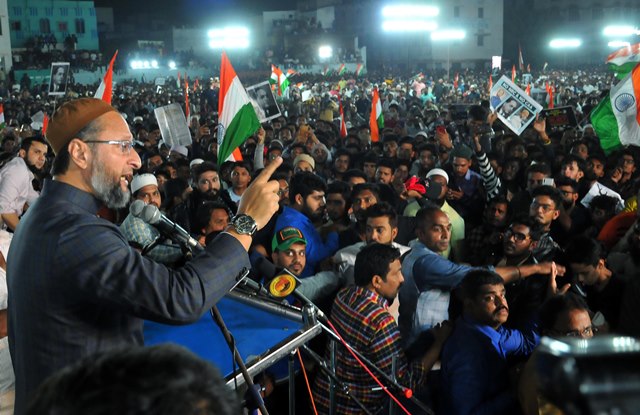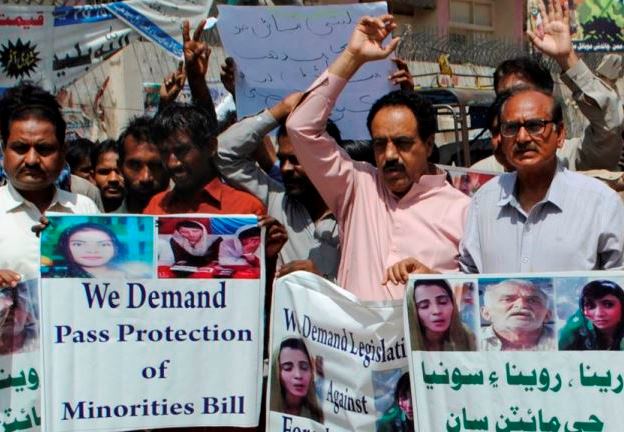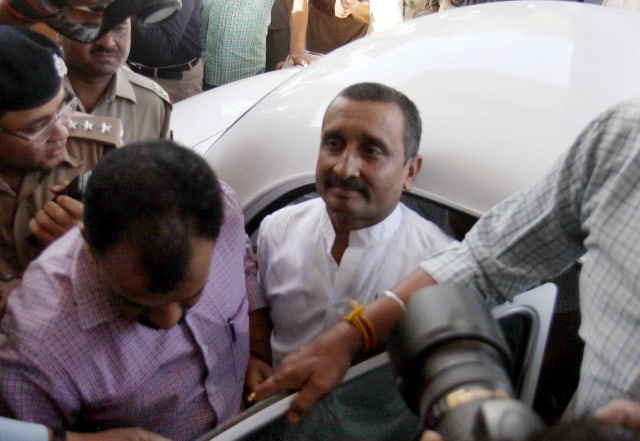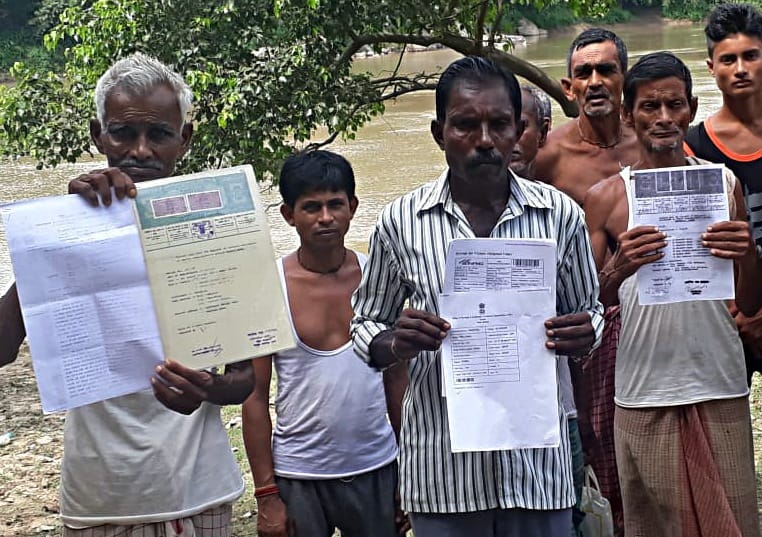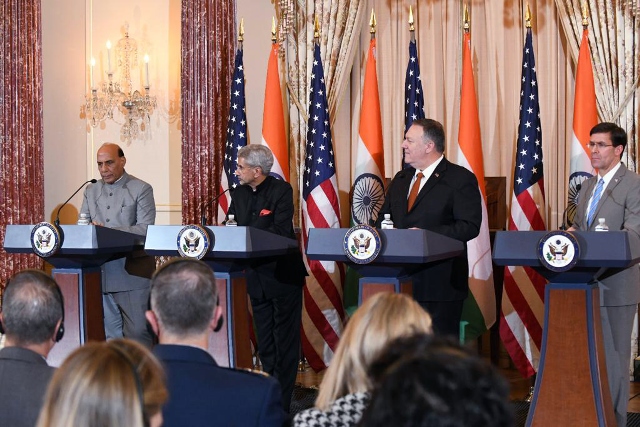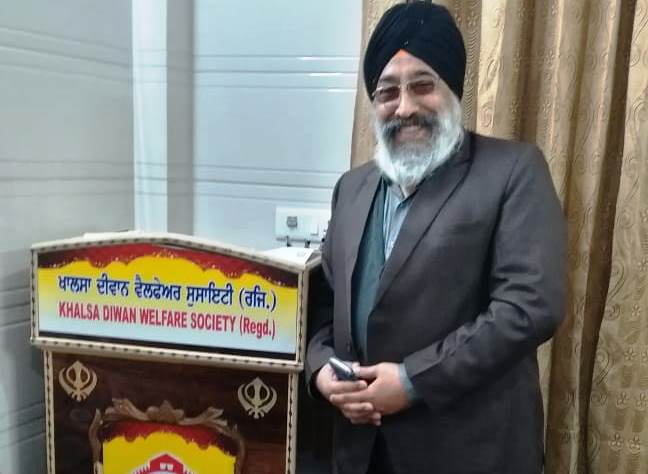India would have been in a better position today to handle the enormous quantities of electronic waste or e-waste in shorter form had it taken note of the serious health and environment damages caused to Guiyu in south China’s coastal province Guangdong where almost every family was engaged in processing imported and indigenous e-waste. What would you expect Guiyou township to become when the people there were extracting valuable materials such as gold, silver and copper from e-waste in makeshift workshops in their backyards without any protection?
As e-waste items would be given acid bath and incinerated and much of that happening by the side of the river, the water got polluted. Remains of heavy metals such as lead, tin and chromium removed from e-waste in a crude fashion settling on ground made the once rice and other crops growing Guiyou barren. The toxic air and water in 54 sq km Guiyu were also the reason for the children having high levels of lead in their blood that would compromise their intelligence and damage development of central nervous system and miscarriages level being much higher than national average.
The health and environment disaster that clumsy recycling continued to wrack on Guiyou, the world’s most notorious dumping ground for e-waste, invited unrelenting global criticism that made an embarrassed Beijing to ask Guangdong provincial authorities to be quick on cleanup operation. The place rightly earned the moniker the world’s graveyard for e-waste. Farming ruined, Guiyu residents were left with no alternative but to depend on e-waste processing for sustenance.
This being the reality, what Guandong decided in December 2013 and finally executed in 2015 was to move the family run recycling workshops numbering more than 1,200 to an industrial park built at a cost of 1.5 billion yuan ($233 million). While the ones that refused to move their work to the park were banned, those who came in went through many mergers ending in about 30 big operations. The park has enforced strict discipline by way of checking what e-waste comes in for processing and what recovered materials go out.
The reason for deliberating on Guiyu crisis and its resolution by way of official intervention in so many words is because China’s response to combat a health and environment disaster could act as an alert for New Delhi to cope with the fast developing crisis centring e-waste. There is no way we can pretend ignorance that India is the world’s fifth largest generator of e-waste after the US, China, Japan and Germany. The accumulation of such waste and its open air processing as was the case in Guiyu till a few years ago or as is to be widely seen with roadside dismantling of lead acid batteries in our cities and countryside is nothing short of our sitting on an environment and health destroying time bomb ticking away.
Conservatively estimated India’s annual output of e-waste is 2 million tonnes and not more than 5 per cent of that is recycled. Even then for that recycled amount it will not be claimed that much of dismantling of discarded e-materials from smartphones to computers to new age TVs is done scientifically in an ideal environment like what now obtains at Guiyu. Generation of e-waste is not confined to traditional IT products. From air conditioners, refrigerators, washing machines, vacuum cleaners to small appliances such as toasters, irons and coffee machines all now have components that leave e-waste at the end of useful life. Indian rich and the middle class constitute a consumer society with a rising disposable income. Then consumer loans available from banks and other financial institutions help in buying all kinds of things, including electronic products. No wonder the market for consumer electronic products in the country continues to grow at an annual rate of 15 per cent defying major demand slump for automobiles and the whole range of fast moving consumer goods.
Two factors contributing to the growing menace of build-up of e-waste are: First, an unaccountable number of smartphones, laptop computers and several other electronic products come into the country with Indians returning from abroad. Knowing how much such products are appreciated here, foreigners visiting India also bring these as gifts. Second, purely for commercial reasons producers of consumer electronics items, particularly smartphones will launch new products – in most cases an apology for refreshed – at regular intervals to lure customers to buy these and discard the ones with still useful life.
People need to be made aware of the consequences of 95 per cent of e-waste accumulating in individual residences – a south Asian phenomenon of common disinclination to get rid of old things – offices and factories, out in the open and in landfills. Electronic equipment contain toxic materials such as lead, zinc, nickel, chromium and barium. Lead left in the open will cause harm to human health with children in particular suffering damages to blood, kidneys and nervous system. We are seeing here how workers engaged in dismantling end of life vehicles in an archaic fashion suffer health problem. There is mindless throwing here of e-waste in the open but when it gets heated under the sun, toxic chemicals are released in the air to environmental detriment. Leave e-waste in landfills, the toxic elements will seep into groundwater whose use will prove damaging to human health and growing of crops as was seen at Guiyu.
Seeing the emergence of a major crisis, the UPA government enacted e-waste management rules in 2011 and the NDA regime further inserted teeth to the rules twice in 2016 and 2018. But the initiatives have not yielded the desired results in the absence of simultaneous build-up of public awareness of the menace facing them. Thankfully, more recently marketing outfits such as Flipkart, which was acquired in May 2018 by Walmart and Tata group owned Croma have got into the act in tie-ups with some major electronic brands for collection and sending e-waste to centres where it is processed in an environment friendly way.
Let the domestic and foreign companies with manufacturing outfits here follow the example of Apple which is committed to reusing as much of materials recovered from e-waste as possible in its new products. To give an example, Apple is using 100 per cent recycled rare earths in a key component in its new series of iPhones. Finally, the rate of recycling of e-waste in India will depend on motivating consumers to return end of life products to retailers and for that get a decent discount for their new purchases. At the same time, all the stakeholders will have to see that government authorised recycling centres in good numbers which will take care of the health of workers come up in different parts of the country.

